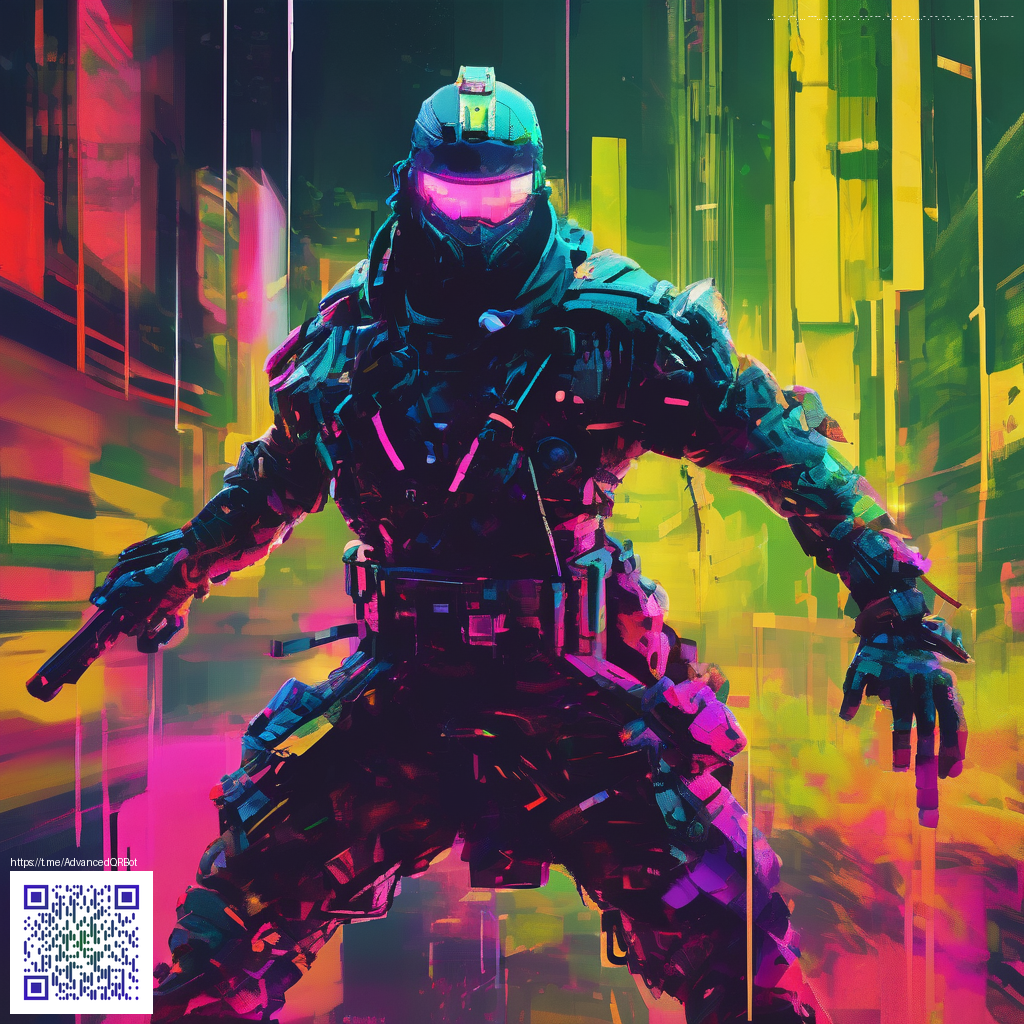
Smooth Destiny 2 Performance on Budget PCs A Practical Guide
Destiny 2 remains a vibrant connected shooter even when your rig is modest. With ongoing optimization from Bungie and a lively player community, you can squeeze satisfying frames per second out of older CPUs, modest RAM, and entry level GPUs. This guide digs into how the game runs on low end hardware and what you can do to keep raids and patrols feeling responsive rather than sluggish.
Understanding the baseline
Official system requirements from Bungie outline the starting point for running Destiny 2 on PC. The minimum specification centers on a capable budget CPU such as an Intel Core i3 3250 or equivalent, with a reasonable modern GPU and adequate memory. The recommended specification nudges upward to an Intel Core i5 2400 or similar along with more headroom for smoother gameplay. These baselines have been stable through multiple seasons as Bungie has tuned performance for crowded PvE sections and PvP arenas alike. Real world results vary, but players often report that with sensible tweaks a steady 30 to 60 frames per second is achievable on midrange hardware, particularly when you dial in a few key settings.
Practical settings to maximize FPS
Small changes can add up to big gains on a low end PC. Start by adjusting the core visuals and then fine tune the details that most strain performance. Below are recommended targets you can aim for in most in game menus.
- Set a resolution that matches your display and GPU headroom, commonly 1280 by 720 or 1920 by 1080 on budget systems
- Texture quality reduce to medium or low if VRAM is tight
- Shadow quality lowered to minimum to reduce heavy GPU work
- Turn off or lower post processing effects such as motion blur and depth of field
- Disable ambient occlusion if you need extra headroom
- Anti aliasing at a lighter setting such as FXAA or keep TAA if you prefer image stability
- VSync off if you experience input lag or stutter, and set the in game refresh to match your monitor
- Consider switching between DirectX 11 and DirectX 12 if you encounter stuttering in crowded areas
Those options help Destiny 2 breathe on older rigs. If you own a GPU with strong driver support, check for updated drivers and see if your control panel offers a native upscaling option. While the game itself may not rely on a specific upscaling feature, modern GPUs often compensate via driver level enhancements that sharpen frames without flooding memory with textures.
Community players repeatedly note that a modest RAM increase and careful texture and shadow tuning can turn chaotic battles into smoother clips. The key is to iterate settings in small steps and test in representative zones such as public events or busy patrols.
Update coverage and what it means for old rigs
Over the years Bungie has pushed updates designed to stabilize performance across a broad spectrum of hardware. For players on legacy setups, patches that optimize memory usage and reduce CPU bottlenecks translate into more reliable frame rates during large team engagements. Keeping the game and your graphics drivers current is one of the simplest ways to harvest these gains, as each patch commonly ships with small but meaningful tweaks that lower stuttering and improve frame pacing in dense battles.
Modding culture and what you can tweak safely
Destiny 2 does not offer official modding support for gameplay changes on PC. The community instead leans into performance monitoring and quality of life tools rather than altering core mechanics. You will frequently see guides about frame rate counters, in game overlays, and general optimization workflows. Resourceful players share practical tweaks such as background process minimization, USB device cleanups, and micro tweaking of in game graphics panels to maintain stability during long play sessions. This approach keeps the game fair and stable while enabling the freshest updates to shine on lower end machines.
Developer commentary and the path forward
From the development side Bungie emphasizes balancing performance across a wide hardware spectrum. The studio’s intent is to preserve the thrill of Destiny 2 while ensuring that new content remains accessible. This means continued attention to memory management, smoother loading, and consistent frame pacing across maps with varied densities. If your rig is near the lower edge, expect ongoing improvements through patches and driver friendly optimization tips that the community quickly tests and shares.
What to expect in practice on a budget build
Patience and small adjustments pay off. In busy social spaces you may settle into a stable sub 60 frame rate with a few concessions on detail. In quieter missions you can push toward 60 fps or higher by dialing down textures and effects while keeping essential visuals for clarity. For casual play and most high intensity moments, a well tuned setup will feel responsive and enjoyable—enough to chase loot, coordinate with fire teams, and dive into raids without a constant fight against the hardware.
While you plan your next upgrade, you can pair your Destiny 2 sessions with practical gear that enhances your overall setup. Check out this handy gadget designed to keep your desk clean and your devices charged during long sessions.
90-Second UV Phone Sanitizer Wireless Charging Pad